Perhaps I’m jumping the gun, but as we approach the end of September it seems appropriate to consider what occurred over the past month and during this year’s third quarter.
As we noted at the start of August, the coming two months were typically seasonally difficult ones. Over the prior 25 years, September averaged the worst returns at -0.67%, while August followed closely behind at -0.60%. Considering that neither the S&P 500 Index (SPX) nor the NASDAQ 100 (NDX) has closed above July 31st’s level at any point in the ensuing months, the seasonal caution proved warranted. SPX fell -1.8% in August and is currently about -4.2% lower, while the same readings for NDX are -1.6% and 4.6% respectively.
In my mind, the story of this past month for the equity market was that it shook off complacency to finally recognize the multitude of risks that abound in fixed income and beyond. It was as though the FOMC meeting was a wake-up call to markets that had somehow been blithely assuming that rate cuts would resume in 2024 without a compelling reason.
Ahead of the September 20th meeting we noted that December 2024 Fed Funds futures at 4.57% – broadly in line with June’s summary of economic projections for 4.625% (aka, “the dot plot”). After that meeting, even though the median projection for 2024 rose to 5.125%, December 2024 Fed Funds futures moved only modestly higher, and currently project a 4.62% rate. Fed Funds futures traders are now back to fighting the Fed.
Meanwhile, the longer end of the yield curve certainly paid attention. As with stocks, the 10-year Treasury has not recouped its levels from July 31st. On that day, the yield was 3.96%. We never closed below 4% since. By the end of August, that rate was 4.11%. And as I write this, the 10-year rate is 4.55%. Over that same period, the 2-10 inversion went from 92 basis points to 76 bp to a current 49 bp. As we have previously noted, as recently as yesterday, while an inverted yield curve has been an excellent predictor of recessions, the recessions only begin after the curve normalizes.
Now, stocks had been ignoring higher bond yields for the better part of this year. So why pay attention to yields and valuations now? Some of it relates to the seasonal factors noted above. August and September are typically difficult months because as year-end approaches, investors often reassess the balance of risk and reward in their portfolios. But this period was unusual because until last week, even as the market sold off modestly and correlations began to increase, VIX was mired in the low teens – meaning that there was little demand for volatility hedges from institutions. Until that changed quickly.
Even as SPX fell in August, the Cboe Volatility Index (VIX) slipped modestly from 13.63 to 13.57. Even as the FOMC meeting loomed, VIX closed at 13.79 on the Friday prior. When VIX closed at 18.94 this past Tuesday, we could finally assert that volatility markets received the FOMC’s wake-up call. Yet as VIX slides back to 16 after a couple of modest gains, it is clear that equity markets are still relatively sanguine despite (or maybe because of) the recent declines. This is in spite of a litany of potential concerns. Markets climb a wall of worry, and there is no shortage of possible worries.
We are facing a potential government shutdown that may come as soon as today, but traders aren’t too concerned. Equity markets are terrible at pricing in geopolitics, so they often ignore them. It seems that the shutdown is causing only minor jitters, if any.
Although we have seen considerable profit-taking in some of this year’s market leaders, yesterday’s modest bounce and this morning’s activity showed either renewed enthusiasm or simply bargain hunting in megacap tech and AI-related stocks, so that trade hasn’t completely faded away.
As for concerns about widening effects from the UAW strike, bear in mind that the strike hasn’t had much of an effect on the stock prices of Ford (F), General Motors (GM) and Stellantis (STLA). Thus, it is hardly surprising the broader market is yawning at the strike drama.
The pressing question right now is whether the past two months’ drop is just a profit-taking blip or a major change in sentiment. If the former, it’s reasonable to think we trade around current levels before attempting a bounce. If this is the long-awaited reckoning between rates and equities, then we could be in for a rocky period ahead. Considering that the modest bounces in equities that occurred over the past couple of days hardly seem like a major bottom, I’m concerned that the rockiness can persist over the coming weeks.
Disclosure: Interactive Brokers
The analysis in this material is provided for information only and is not and should not be construed as an offer to sell or the solicitation of an offer to buy any security. To the extent that this material discusses general market activity, industry or sector trends or other broad-based economic or political conditions, it should not be construed as research or investment advice. To the extent that it includes references to specific securities, commodities, currencies, or other instruments, those references do not constitute a recommendation by IBKR to buy, sell or hold such investments. This material does not and is not intended to take into account the particular financial conditions, investment objectives or requirements of individual customers. Before acting on this material, you should consider whether it is suitable for your particular circumstances and, as necessary, seek professional advice.
The views and opinions expressed herein are those of the author and do not necessarily reflect the views of Interactive Brokers, its affiliates, or its employees.
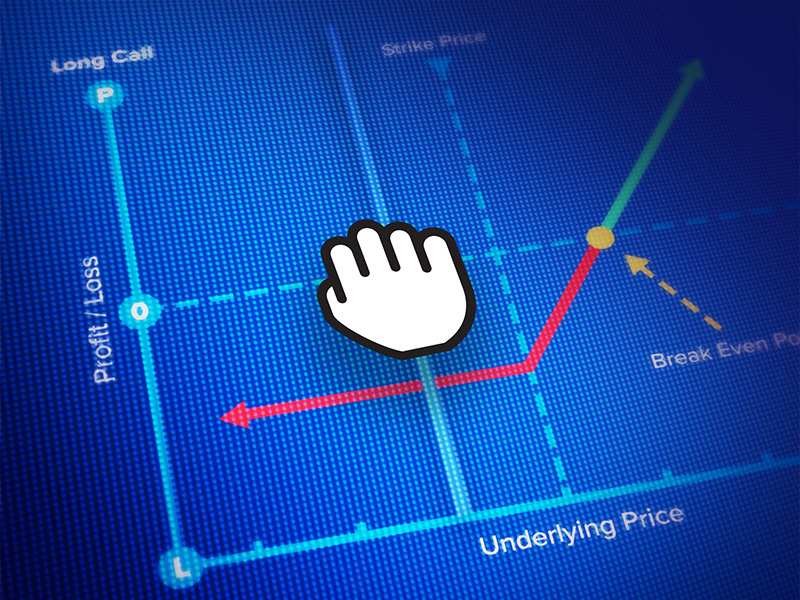
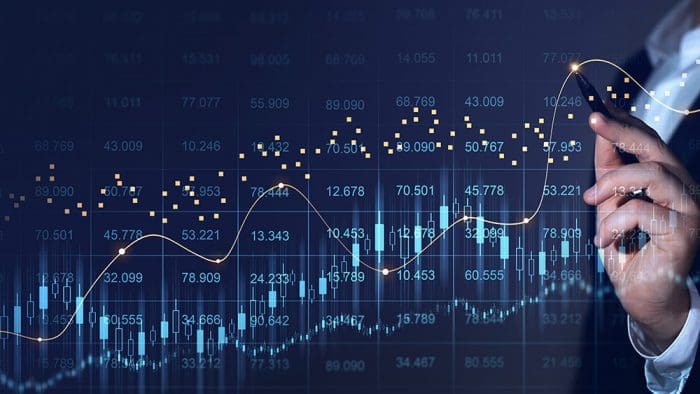

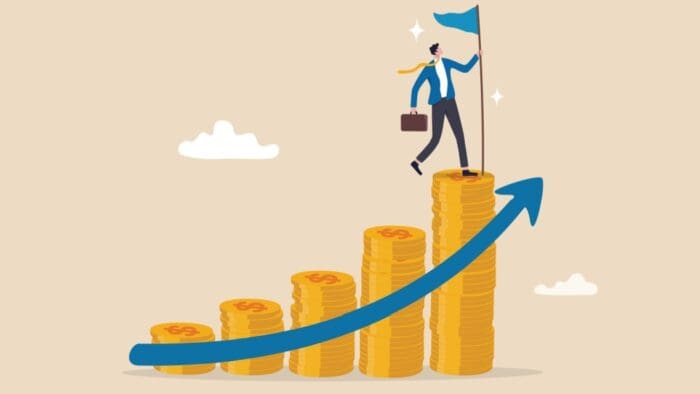

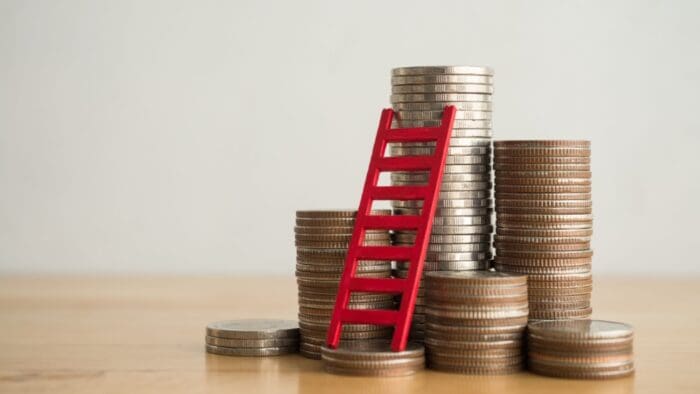


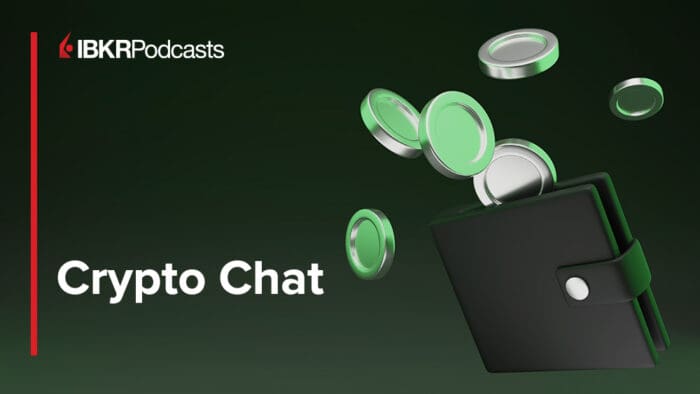

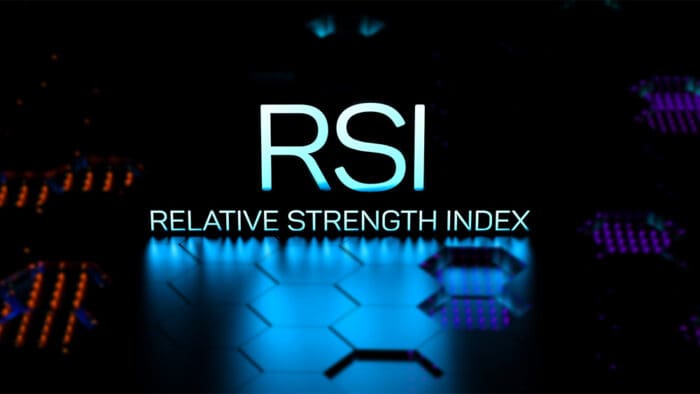



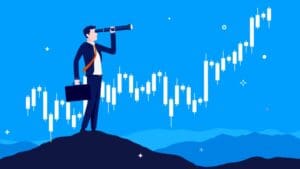


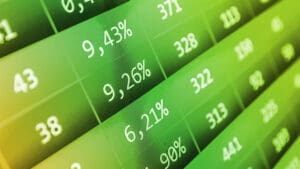
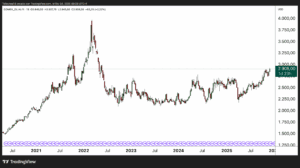
Great analysis, I would just add that due to 2024 being an election year, the FED most likely will hesitate to hike rates further from todays levels. Today’s PCE report also serves as support that no hikes are needed
I don’t know anything about investing. I can’t find my account number or any of my information please help me out
Hi Robert, thank you for reaching out. You can find your account number in Client Portal on the Home Page in the area called Your Portfolio. You can also find it in Trader Workstation in the top right corner of the window. The link attached below includes more details about how to find your account number. We hope this helps!
https://www.ibkr.com/faq?id=45152870